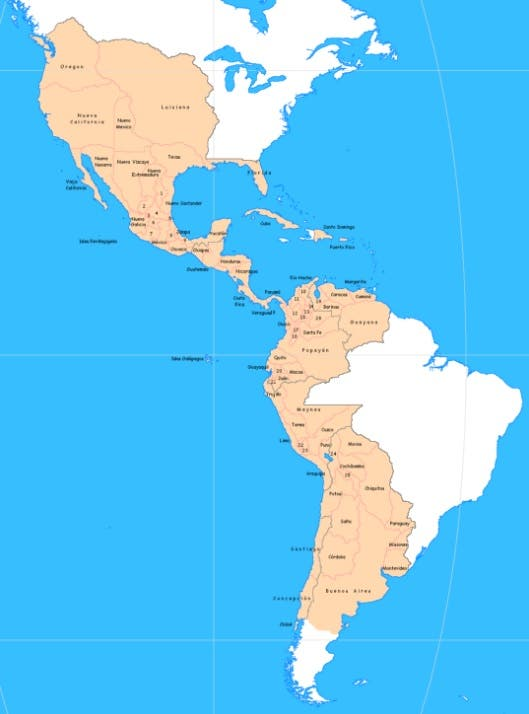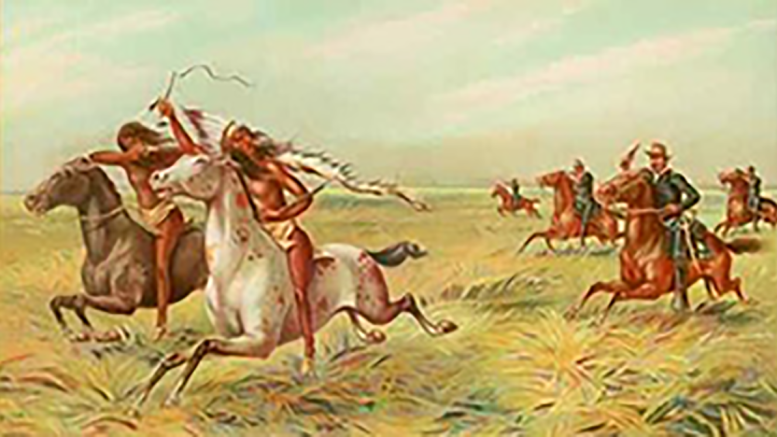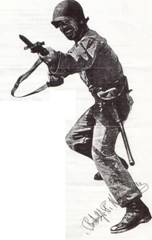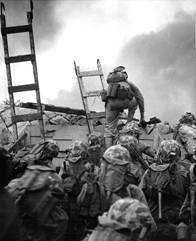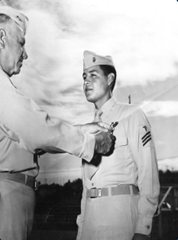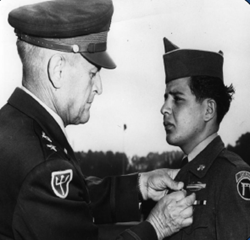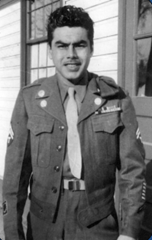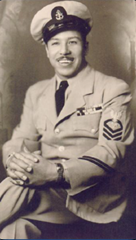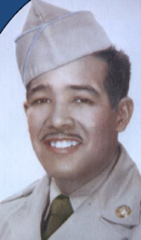My friend John Koenig recently sent me
a clipping from the Refugio Timely Remarks of September 4, 1941,
which I am including below in its entirety. I am adding additional
information [in brackets in red] from an article, “The Mexican and
Indian Raid of ‘78,” that appeared in The Quarterly of the Texas
State Historical Association in 1902.
Freer, Texas.- The recent court case in McMullen county for
possession of 734 acres of land out of the Pugh ranch, 25 miles from
Freer, was a dry one in all its legal terms, but to know about the
Pugh ranch is to hear stories of Indian and bandit raids, hidden
gold and early pioneer life which is anything but dull.
James Thomas Pugh settled on his 3,000-acre ranch in 1900. It was
50 miles from the nearest town of San Diego. Here for a few brief
years, he herded wild mustangs into blind traps or up blocked
canyons until they were captured and their wild free life over.
Before 1900, he had captured mustangs for George Brown of Oakville
in Live Oak County. It was not until 1905 that he had stocked his
ranch with cattle. “For my father was a trader of mustangs,
originally, and not a cattleman,” said Mrs. Gerald Smith, daughter
of James Pugh, who resides here.
It was on one of his trips into Florida with a shipment of
mustangs that he met the old soldier who told him of the gold hidden
on his ranch.
Soon after the Civil War, so the story goes, six soldiers were
riding on a stagecoach carrying American gold, when it was attacked
by bandits. The six men left the driver to hold them off while they
hid the money. It is hidden near a cross of stones. The cross, now
almost hidden by the brush, is some distance from the house and is
occasionally come upon in riding over the ranch. Pugh himself never
believed the story and never hunted for the gold. When questioned,
Mrs. Smith, admits that the story is like true for two reasons: The
old soldier insisted that not one of the six soldiers who knew about
the gold had ever been back to Texas, and the stagecoaches had used
the route through the ranch because, as a child, she had played
around the old posts which had made up the corrals. In these
corrals, fresh horses were kept to replace tired ones used by the
stagecoaches In those early days.
The story of the hidden gold has become a legend in the family,
but the story of the grave near the river marked by a prominent
tombstone is anything but a legend. On the tomb is inscribed: “John
Hutton Steele, Edinburg, Scotland, 1858- killed in an Indian raid
[at the Palo Alto Ranch in La Salle County], April 1878.”
In 1878 a sheepherder, wishing to leave his sheep for a short
time, called to a woman [Mrs. George Taylor]
living near to know if her two boys [Richard, eight, and George
Taylor, twelve] would watch his sheep. When he had her
consent, he left the boys in charge. The Indians came and carried
them over the hill, where their bodies, were afterward discovered,
badly mutilated, and scalped. When the young mother saw that she
could not help her boys, she took her baby daughter [Mattie] and
escaped into the brush across the river. Here she crouched all day,
not knowing for sure what had happened to her boys and trying to
keep her tiny child quiet. When she could stand it no longer, she
crept out to find the Indians gone and all peace and quiet. Little
did she know that John Hutton Steele, a Scotchman, coming upon the
Indians had also been killed when trying to save the lives of her
boys.
The tiny child of 1878 is now Mrs. Mattie Bell of Cotulla. Mrs.
Bell remembers the story as told her, but does not like to talk of
it.
It was in 1935, shortly before Pugh’s death on the ranch, that
a marker was placed on Steele’s grave. A sister, living in his
native Scotland, sent a nephew who was a petroleum engineer in this
section, to erect the tombstone. Later she sent seeds from the
bluebells of Scotland to be planted on his grave. His much-loved
flowers did not grow in the Texas soil.
“My father would not often tell of his early experiences,”
said Mrs. Smith. “If he became blue, he would talk, but we four
children learned early to keep quiet and never ask questions for, as
sure as we did, he would not tell anymore.”
There were his early remembrances of O. Henry as be herded sheep
near Lallerton when Pugh himself was running down mustangs. O. Henry
always kept a dictionary in his pocket for quick reference as he
read, Pugh told his family and read continuously.
Once when Mrs. Pugh and her four children were alone on the ranch
while her husband went to San Diego for groceries, bandits rode up
to the kitchen door. Fearing trouble, Mrs. Pugh, quick-witted as
only a pioneer woman could be, told the bandits to look for her
husband at the corrals. She expected to gather her children in from
the yard and barricade the doors. “None of us children saw the
real danger,” says Mrs. Smith, “but how glad we were to see my
father drive up a few minutes later.” The wagon in which Pugh had
started for his two-day trip to San Diego had broken a tongue and he
had to return. He quickly took care of the bandits.
James Thomas Pugh’s grandson, James Pugh, 12, hunts arrowheads,
of which he has a valuable collection, where Indians once raided. He
and his blond sister, Robbie Rae, seven, live with their father,
mother, and grandmother on the ranch when not in school in Freer.
They love the ranch like their grandfather in his day.
The Indian raid mentioned in this article was the last Indian
raid in the area. From LaSalle County, the raiders moved on to
southern McMullen County and Duval County. A complete report of this
raid will appear in my upcoming book, Soy de Duval, the Nineteenth
Century History of Duval County, Texas. Be on the lookout for this
book.
